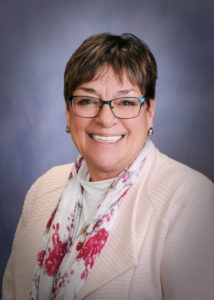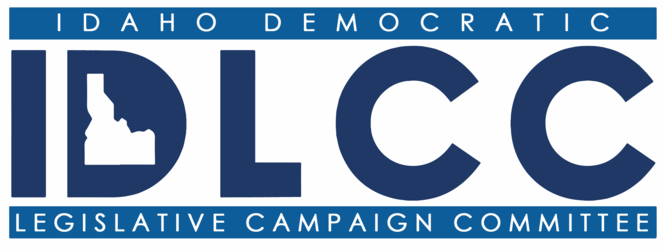
Rep. Sally Toone
The Economic Outlook and Revenue Assessment Committee met Thursday to adopt a revenue assessment. The committee’s recommendation was then accepted Friday by the Joint Finance-Appropriations Committee (JFAC) for budgeting purposes.
The Republican legislators on EORAC voted to adopt the governor’s forecast, which was lower than almost every committee member’s, as well as the various modeled projections from experts. House Democratic Caucus Chair Sally Toone made a substitute motion to adopt a realistic revenue estimate: the average of projections from EORAC members and experts. Her motion failed on a near party line vote with Democrats supporting it.
For Fiscal Year 2023, EORAC adopted a revenue estimate of $5.464 billion, even though the committee’s average projection was $5.515 billion. Since JFAC adopted the recommendation

Rep. Lauren Necochea
Friday, there will be $51 million less available for budgeting during the current Legislative Session. The State Tax Commission projects revenue at $5.693 billion for that year. If the committee had adopted the Tax Commission projection, the legislature could have put an additional $229 million to use to meet the needs of Idaho communities.
For this current year, the governor’s forecast adopted by the committee is just 3.6% growth, while the Tax Commission predicts 7.2%.
“Idahoans deserve transparency and honest math when it comes to our budget. We know GOP politicians like to take credit when revenues come in above projections, as they are doing now with the so-called ‘surplus.’ But that’s just celebrating bad math,” said Toone, a former math teacher.

Sen. Mark Nye
“When we politicize and lowball the revenue estimate, we take opportunities off the table. Boosting property tax assistance for seniors is just one critical priority that the governor excluded from his budget. We can more easily identify dollars to reduce property taxes if we use an accurate revenue estimate that balances what the Tax Commission, other experts, and the members of this committee project,” said Rep. Lauren Necochea, the assistant House Democratic leader. “An artificially low revenue estimate places unnecessary limitations on what we can accomplish for Idahoans.”
EORAC also accepted a lowball revenue last year, which contributed to the current gap between actual and projected revenues. The GOP is touting it as a “surplus” even as basic responsibilities go unmet. For example, inadequate state funding for schools translates to schools needing supplemental levies just to maintain basic operations.
“We’ve been putting off fixing our ‘roof,’ and now, we have the money to do it and more,” Sen. Mark Nye said. “Our deferred maintenance alone approaches nearly one half of the so-called surplus. We have to take care of what we built — and this is after we take care of our kids.”


Recent Comments